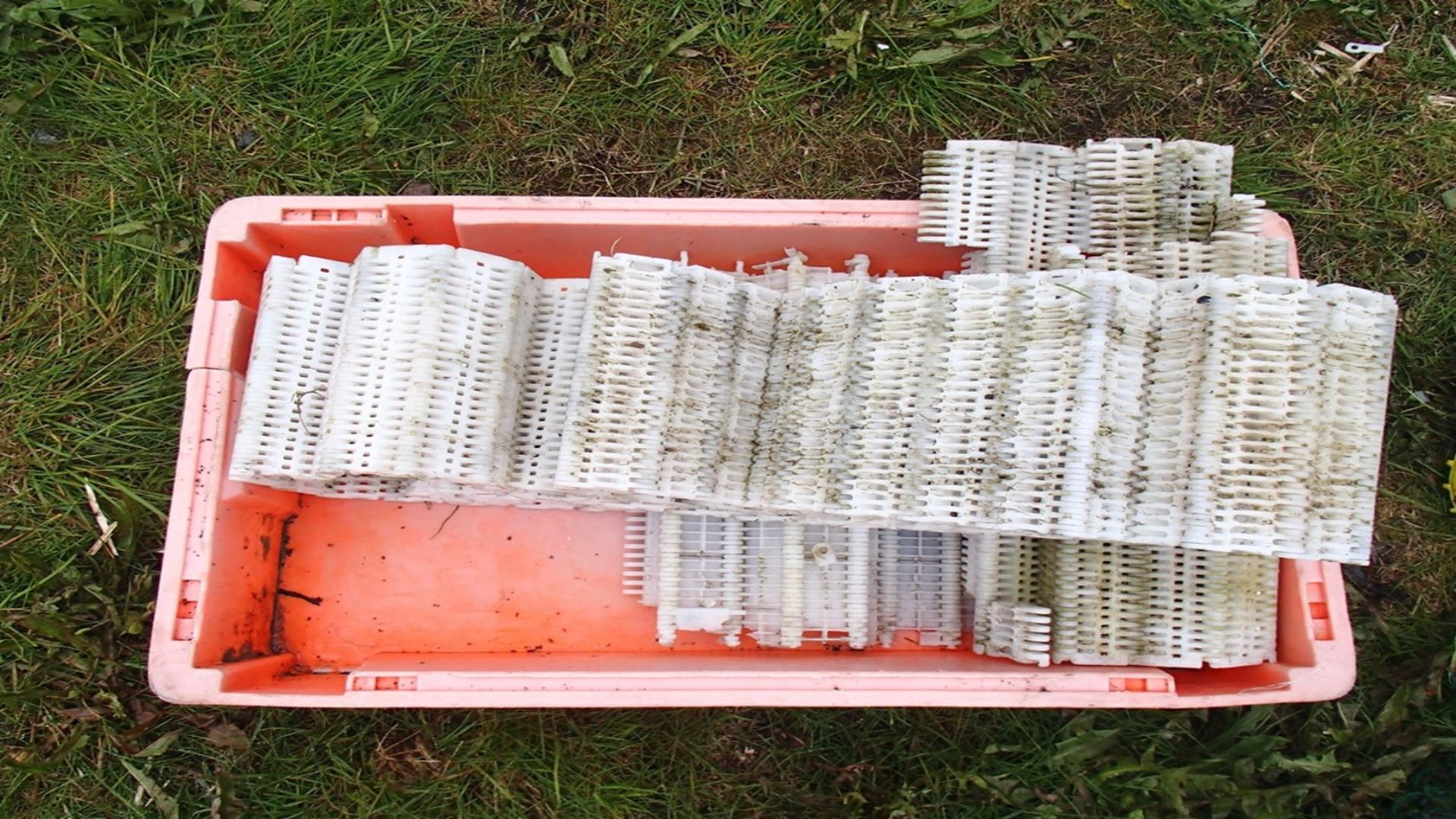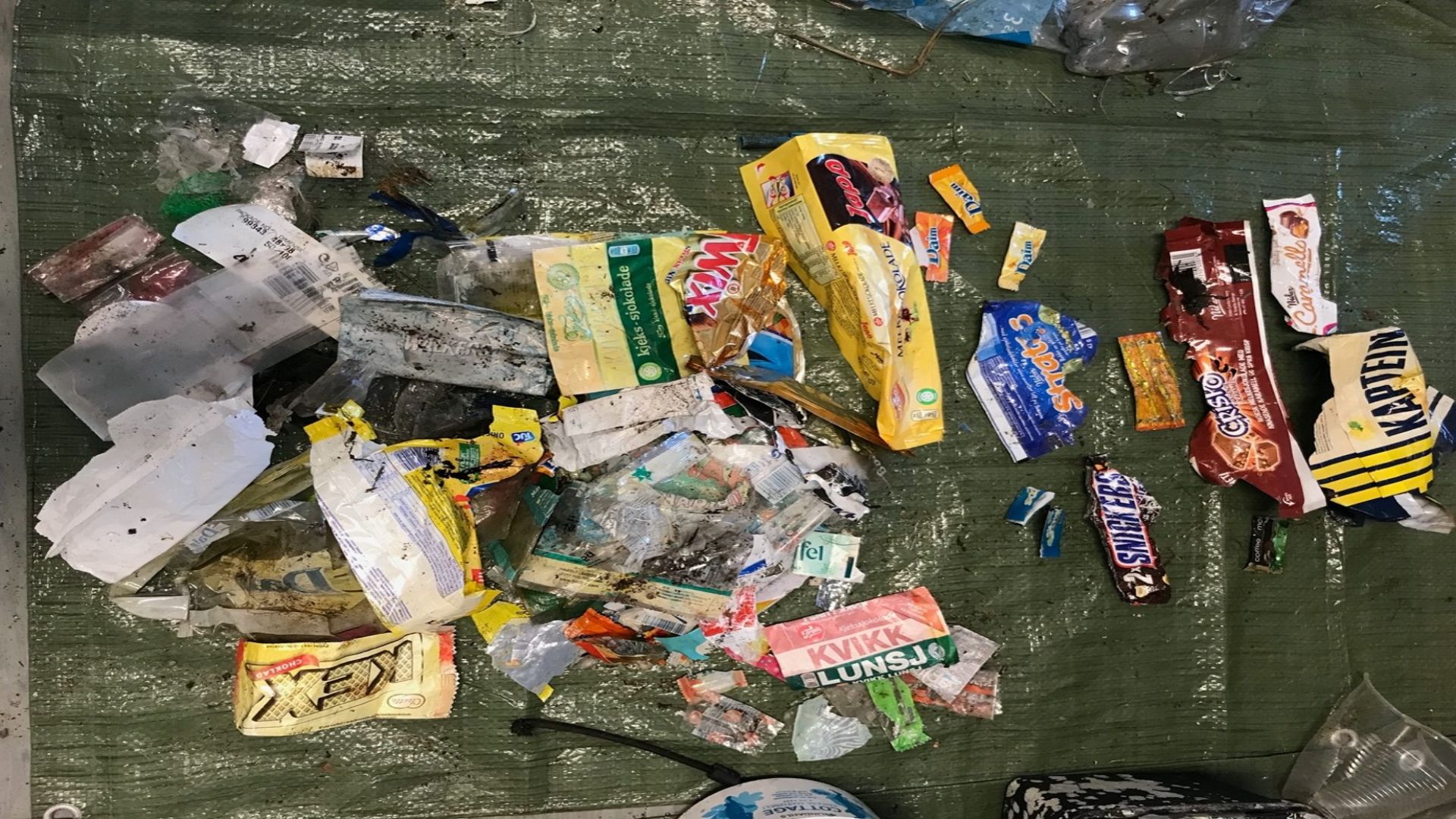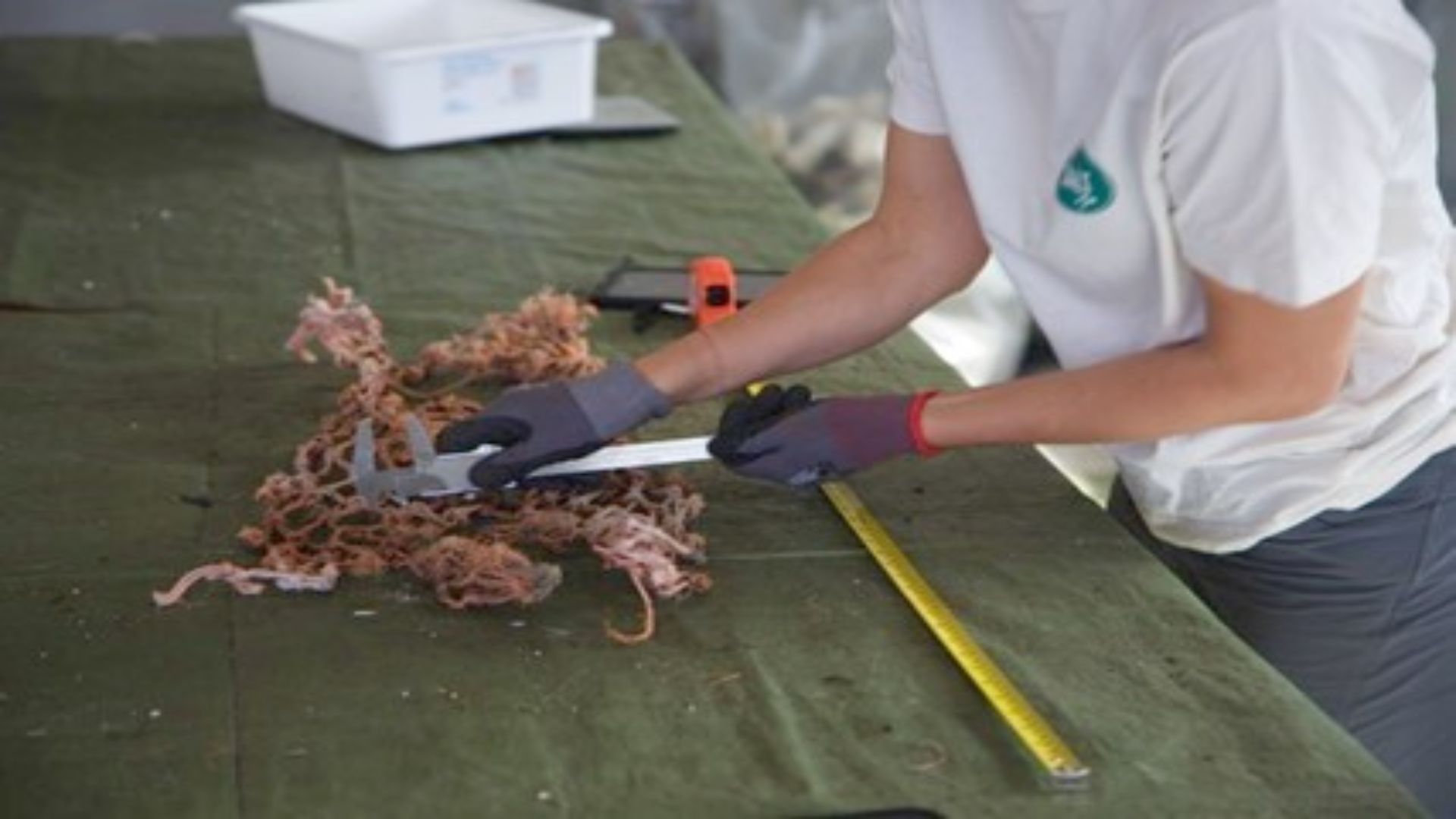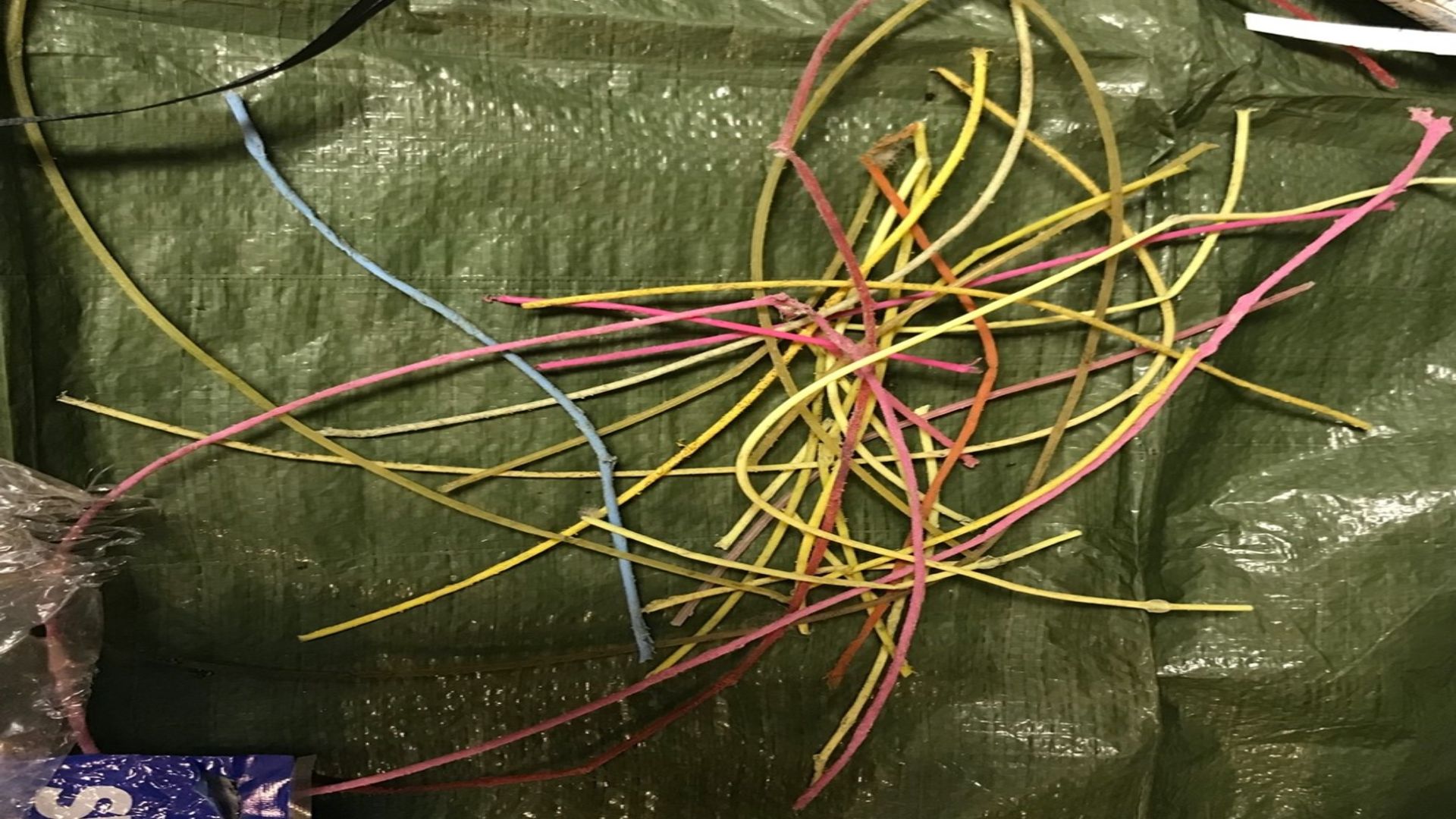Items Identified Photo Guide
For example, if a water bottle is found together with take-away containers and
sunscreen on a popular beach it likely originates from people enjoying the beach. If
the bottle is found together with fish boxes, floats and fishing nets, it is more
likely that it originates from a fishing vessel.
In combination with knowledge of the location of the beach that the litter was
sampled from and the activities likely affecting this location, documenting the
litter context provides a useful frame of reference for interpreting your data.
Examples of items identified in form-2 are
Plastic shopping
bags are also interesting to document specifically as they have been in focus for
policy making due to their contribution to plastic pollution (Xanthos and Walker
2017) . VIDEO and/or PHOTO examples
'Rope cut-offs',
pieces of rope with clear signs of being cut rather than frayed from normal wear and
tear. This indicates that there is a high probability that they were purposefully
disposed of at sea. VIDEO and/or PHOTO examples
Dolly ropes are used to protect bottom trawl nets from being damaged from wear and tear, but also contribute significantly to plastic pollution. There have been initiatives to find alternatives to the use of dolly ropes (OSPAR 2020 ). VIDEO and/or PHOTO examples
Parts of conveyor belts, packaging tube rolls, bundles of strapping band and blue industrial plastic sheeting is being likely discarded from industrial freezer trawlers that process fish onboard the vessels. The items are used under deck and are unlikely to be lost overboard accidently. VIDEO and/or PHOTO examples
Examples of how to organise litter into categories:
Deep Dive is using the citizen science protocol of Ocean Conservancy as a starting point to provide context around litter. Central items from the OSPAR protocol (OSPAR 2010), as well as items identified as important through deep dive analysis in the Arctic, are added to this.


































